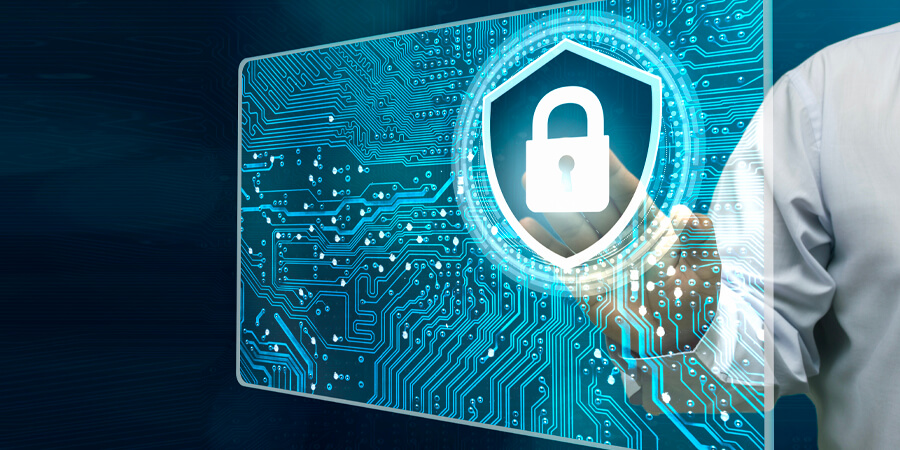Mobile payments are becoming increasingly popular across the globe, with the Asia-Pacific region garnering a much higher mobile payments market share compared to other parts of the world, according to WorldPay data from FIS.
Mobile payments are transactions using portable devices such as smartphones in place of traditional cash-based methods. Some usual online payment methods include bank transfers, digital wallets, QR codes and online credit or debit cards. These methods provide more convenience to customers and business owners, saving both a lot of time.
People no longer have to stand in long lines, write checks or wait for paper bills. They can easily pay for their purchases by simply using online transactions and other payment apps like Google Pay, PayPal and Apple Pay. Merchants can avoid spending inordinate amounts of time printing and mailing bills, as online payments do that job for them. Online payments also reduce the possibility of late payments, satisfying all parties involved.
Mobile Payments in Asia
In Asia, approximately 44% of the transactions made at the point-of-sale (POS) are currently done so through mobile phones instead of cards or cash. In terms of online shop payments, 69% are performed exclusively with a mobile device.
According to the global management consulting firm McKinsey, Southeast Asia has essentially become a “wallet-first region.”
“Mobile-payment wallets have become a vital part of the Southeast Asian consumer landscape, allowing financial access for millions of previously excluded people. As online spending soared during the COVID-19 pandemic, wallets saw a surge in newly registered users. Uptake of this convenient technology now far outpaces that of credit cards in the region’s emerging markets, thereby revitalizing the payments ecosystem,” McKinsey explained.
GSMA’s Mobile Economy Asia Pacific 2022 report also conveyed that there were a total of 86 live mobile money services in the region. At the end of 2021, the number of registered accounts had significantly increased by 30% to 328 million in the East Asia and Pacific region and by 11% to 283 million in South Asia. The total transaction value across the regions during this period stood at almost $300 billion.
Potential Threats of Using Mobile Payment Methods
Despite the widespread adoption of mobile phone technology, which allows users to buy items and services online confidently, both businesses and end users must carefully monitor risks and security-related concerns. Here are some of the potential threats when using mobile payment methods in 2023:
Malware
Malware is a type of malicious software that is designed to damage and disrupt a computer or mobile device. Criminals or attackers are continuously using malware to gain access to a device and steal all the financial data stored on it.
Malware can be distributed through malicious links sent through text messages, email attachments or even downloaded apps. This is why mobile payment users, especially business establishments, need to ensure they have a tight and secure process when it comes to downloading mobile applications or opening links. They should also consider implementing mobile device management (MDM) solutions that can detect and remove malicious applications before they become a significant issue.
Phishing
India was found to be the most targeted country in Asia. According to a topical discussion at the Mobile World Congress in Barcelona, 300 million people in India are vulnerable to phishing attacks, while the deception of these scams can reportedly reach as many as 500,000.
Phishing is one of the most common types of cyberattacks. Phishing in mobile payments usually involves fraudsters sending fake and suspicious emails or text messages that appear to be from a well-known bank, an online seller or a payment processor. These messages often contain links or attachments that direct the recipient to a malicious website, where they will be required to enter their personal data.
To avoid phishing attacks, it's recommended that you never click on any suspicious links or attachments sent to you. And, never give your personal information to any unsolicited request through phone calls or email.
Man-in-the-Middle Attacks
Public WiFi networks are usually unsecured, as most anyone can access them without having to provide authentication. Hackers can easily intercept data being sent over the network, thus placing themselves between the user and the connection point and gaining all the information you input for their own purposes. Once the hacker has access to all such information, he can fraudulently control your systems as though he were you.
To combat this, try using a virtual private network (VPN) while connected to public WiFi, as this will help to encrypt data and secure your privacy. You should also avoid logging in to your financial accounts or making online payments when connected to a public WiFi network.
Identity Theft
Identity theft occurs when someone acquires your personal information, such as your full name, residential address, social security number and bank account numbers. Once they access such vital details, the identity thief can then use them to open brand new accounts under your name or even steal money from your existing accounts.
To avoid becoming a target of financial identity theft, you should be especially careful with the people you allow access to your personal and financial data. Also, be sure you have notifications turned on to receive an email or text message confirming all of your legitimate transactions. And think about introducing additional security features, such as two-factor authentication, offered by your banks or payment processors.
Mobile payments are a great way to pay for almost everything, but they can also come with challenges and risks.
Mobile payment users must always take the necessary precautions to protect themselves from malicious attacks and information leakage. Everyone should remain aware of the rising and evolving threat landscape related to mobile payments, such as those mentioned above. By staying alert and up-to-date, users can conduct their multitude of mobile transactions in confidence.





